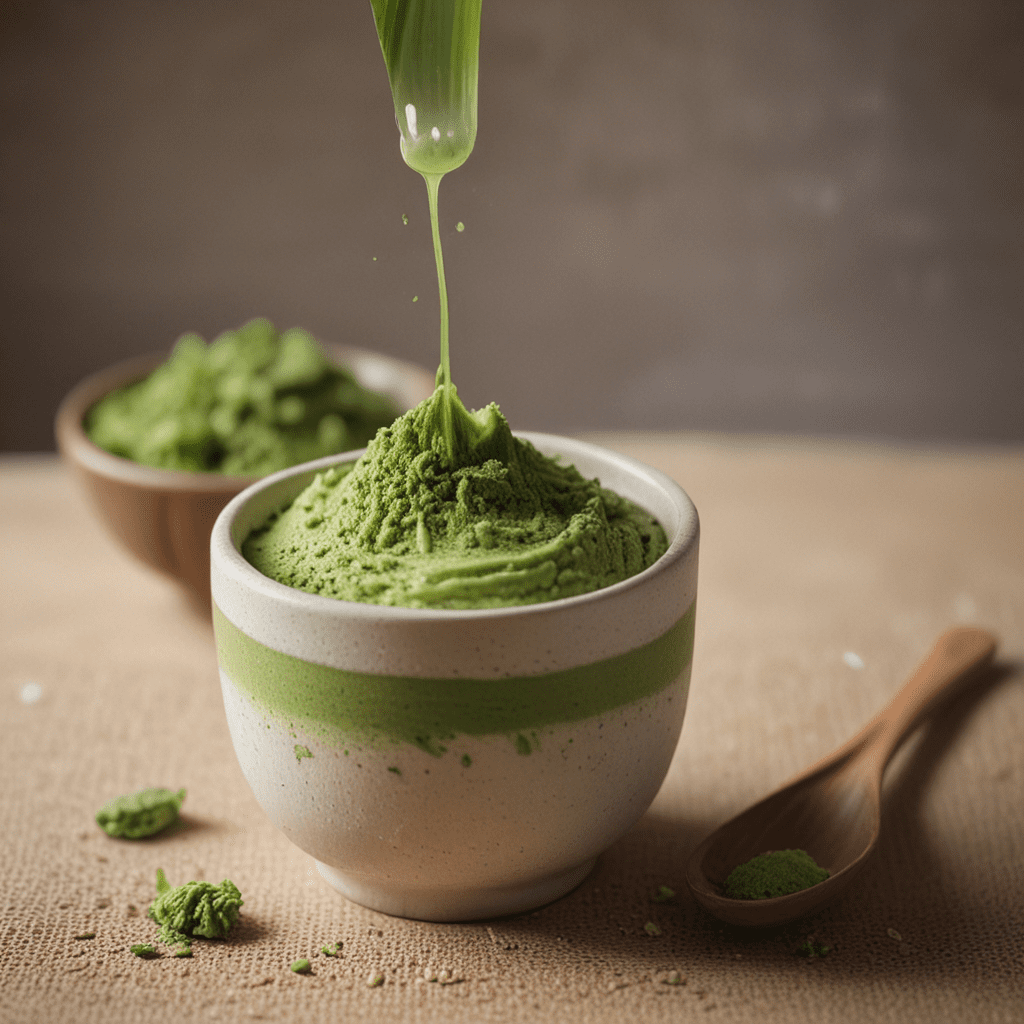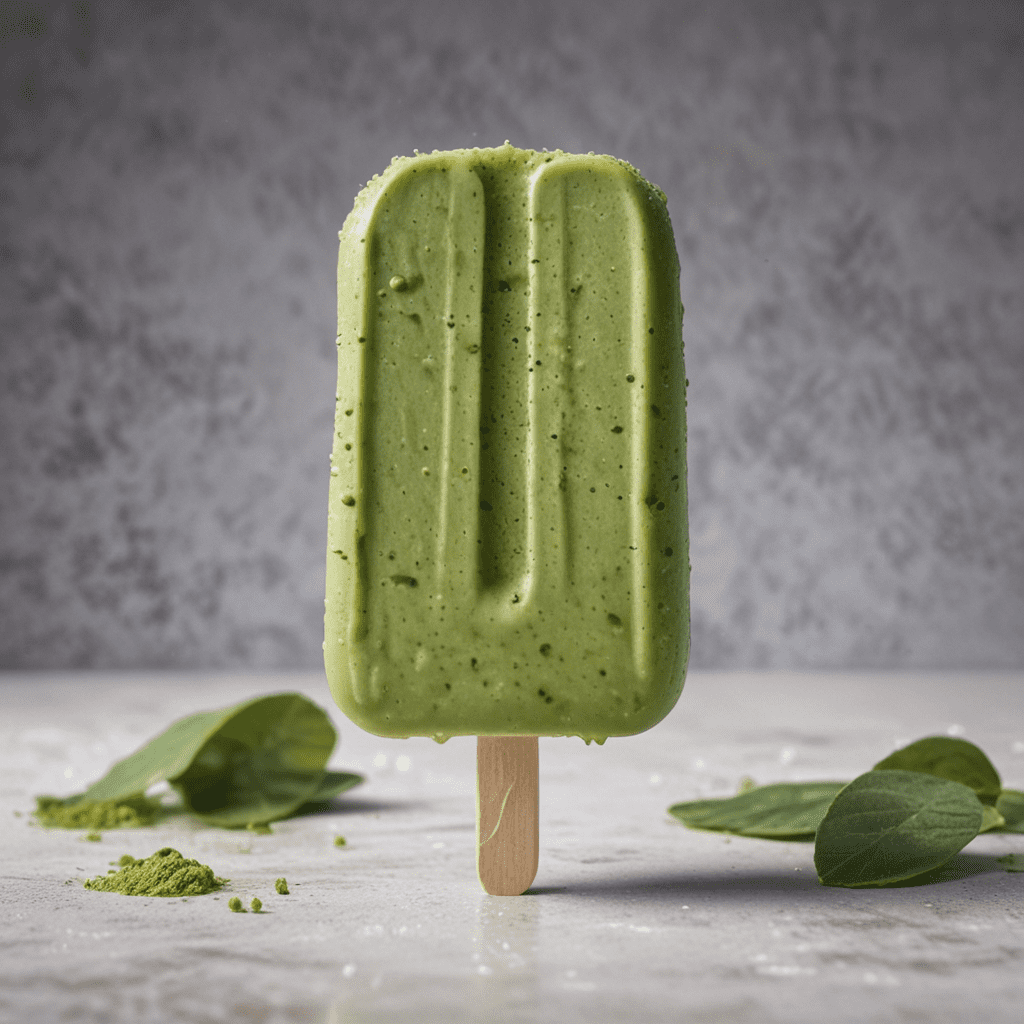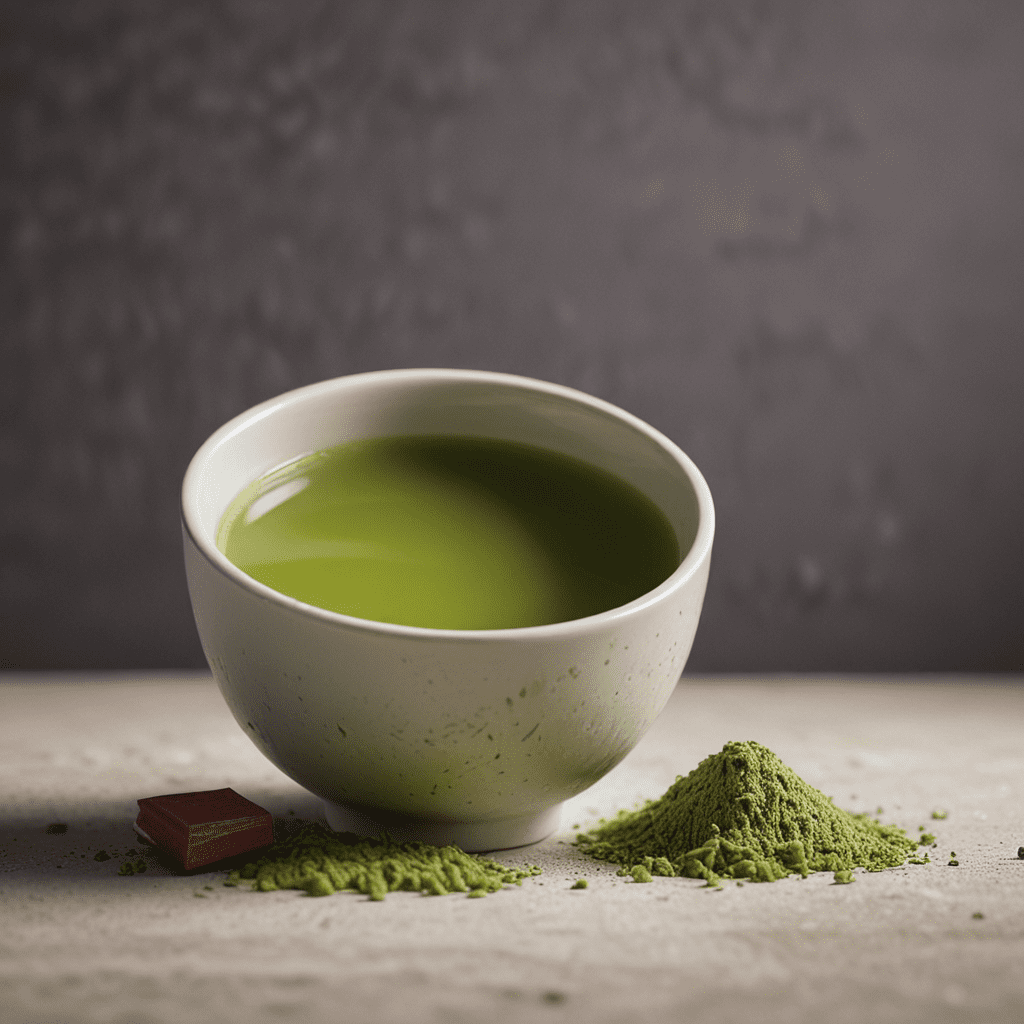The Ultimate Guide to Choosing High-Quality Matcha
Introduction
Matcha, a finely ground green tea powder, has gained immense popularity for its vibrant color, rich flavor, and numerous health benefits. Navigating the wide range of matcha options can be daunting, but with the right knowledge, you can make an informed choice and elevate your tea-drinking experience. This guide will provide you with the essential information to discern high-quality matcha and unlock its transformative power.
1. Understanding Matcha's Origin and Production
Authentic matcha originates from Japan, where it has been cultivated for centuries. The process of producing matcha is meticulously controlled to ensure its exceptional quality. Tea farmers grow shade-grown tea plants to enhance their chlorophyll and amino acid content. The youngest and tenderest leaves are handpicked and carefully processed to remove stems and veins. Once dried, the leaves are stone-ground into a fine powder, resulting in the vibrant green hue and delicate texture that characterizes high-quality matcha.
2. Identifying Matcha Grades
Matcha is classified into various grades based on its quality and intended use. Ceremonial-grade matcha is the most premium grade, reserved for special occasions and tea ceremonies. It is characterized by its deep emerald green color, velvety texture, and smooth, umami-rich flavor. Premium-grade matcha is slightly less refined, offering a balance of quality and affordability. It is ideal for everyday enjoyment and culinary applications. Culinary-grade matcha is suitable for baking, adding a vibrant green color and subtle tea flavor to desserts and other recipes.
6. Deciphering Packaging and Storage
To preserve matcha's freshness and protect its delicate flavor, it is crucial to look for airtight packaging that minimizes exposure to light, moisture, and oxygen. Airtight tins or resealable pouches specifically designed for matcha storage are ideal. Once opened, matcha should be stored in a cool, dry place, away from direct sunlight and heat sources.
7. Distinguishing Authentic Matcha from Blends
Genuine matcha has a vibrant green color and a slightly vegetal aroma. If the color appears dull or brownish, or if the aroma is overly grassy, it may indicate low-quality matcha or a blend with other ingredients. Some unscrupulous sellers may blend cheaper teas or additives with matcha to increase its volume. Always purchase matcha from reputable sources and look for certifications that verify its authenticity.
8. Matching Matcha to Different Uses
The grade and quality of matcha determine its suitability for various applications. Ceremonial-grade matcha is ideal for traditional tea ceremonies and offers an exceptional sensory experience. Premium-grade matcha is versatile and can be enjoyed in both traditional tea preparations and as a culinary ingredient. Culinary-grade matcha is well-suited for baking and cooking, adding a pop of vibrant color and subtle tea flavor to desserts, smoothies, and other dishes.
9. Exploring Matcha's Health Benefits
Matcha is packed with antioxidants and nutrients, including chlorophyll, catechins, and L-theanine. These compounds have been linked to numerous health benefits, such as reduced inflammation, improved cognitive function, and increased energy levels. Matcha is also a good source of dietary fiber, providing a feeling of fullness and promoting digestive health.
10. Tips for Storing and Enjoying Matcha
To maintain matcha's optimal flavor and health benefits, follow these storage and preparation tips. Store matcha in an airtight container in a cool, dry place away from light and heat. For brewing, use a bamboo whisk (chasen) to whisk a small amount of matcha powder (1-2 grams) into hot water (70-80°C). Avoid boiling water, as it can scorch the matcha and diminish its delicate aroma and flavor.
Frequently Asked Questions
Q: What is the difference between ceremonial and culinary-grade matcha?
A: Ceremonial-grade matcha is the highest quality matcha, with a vibrant green color and a smooth, umami-rich flavor. It is traditionally used in tea ceremonies and offers an exceptional sensory experience. Culinary-grade matcha has a less refined flavor and color and is suitable for cooking and baking, adding a subtle tea flavor and vibrant green hue to dishes.
Q: How much caffeine is in matcha?
A: Matcha contains caffeine, but less than coffee. The amount of caffeine in matcha varies depending on the grade and brewing method. Ceremonial-grade matcha typically has a lower caffeine content than culinary-grade matcha.
Q: How often can I drink matcha?
A: Matcha can be enjoyed daily in moderation. It is recommended to limit consumption to 2-3 cups per day to avoid excessive caffeine intake.
Q: Can I add milk to matcha?
A: Yes, milk can be added to matcha to create a delicious and creamy beverage. However, adding milk can alter the flavor and nutritional profile of matcha.



